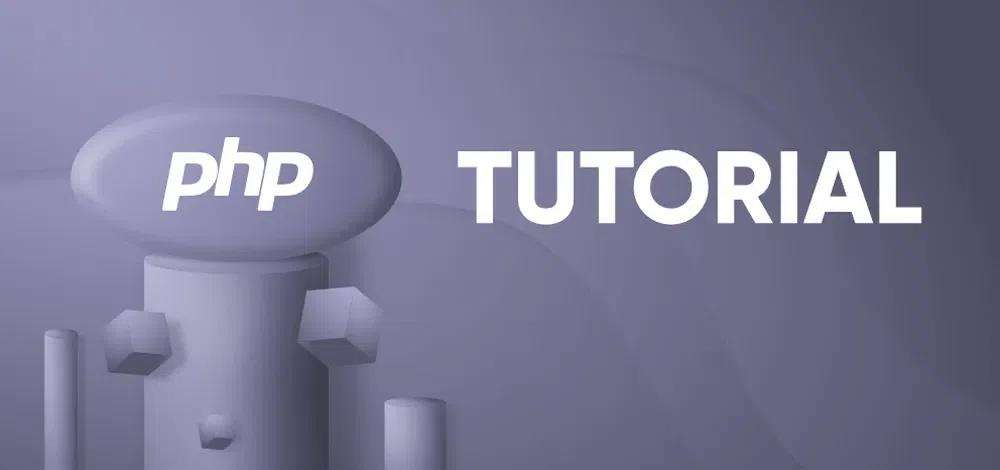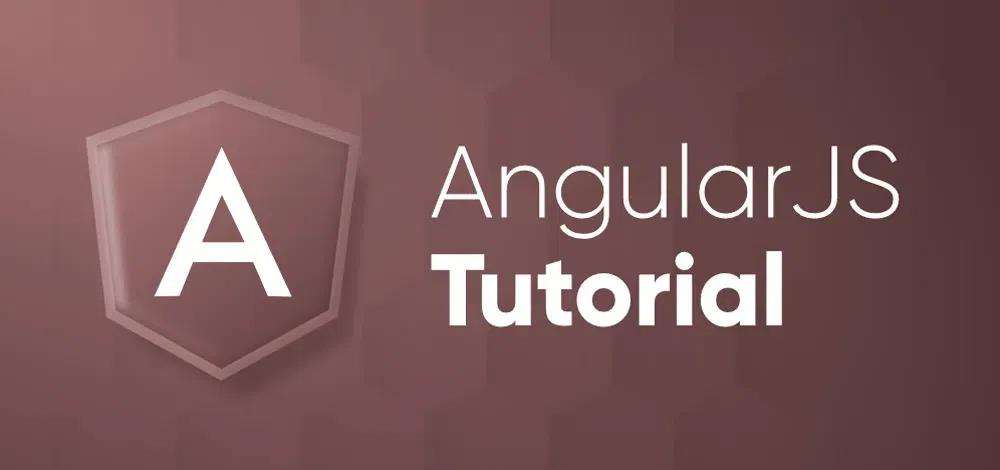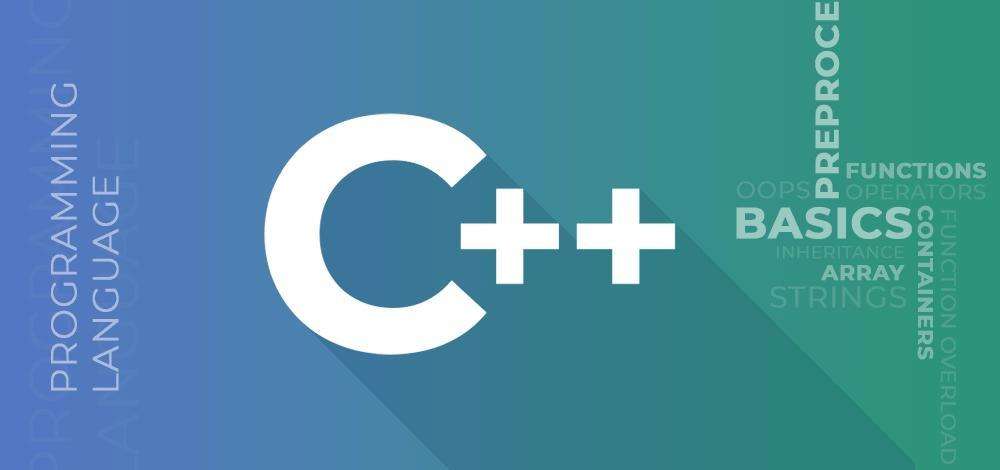
If you are a budding IT professional or a seasoned database administrator, understanding Database Management Systems (DBMS) is crucial for harnessing the full potential of data in any organization.
This guide will serve as your roadmap to mastering DBMS, ensuring you can confidently navigate the landscape of data storage, retrieval, and management.
What is a DBMS?
At its core, a DBMS is a software suite designed to store, manage, and facilitate access to databases. It acts as an intermediary between the user and the database, allowing for data manipulation without needing to know the underlying details of data storage.
A Database Management System (DBMS) is a tool or system designed for handling data within a database. Well-known databases include MySQL, Oracle, and MongoDB, among others.
A DBMS allows for a variety of tasks such as creating a database, storing data, updating stored data, and removing data from the database. Essentially, a DBMS helps you organize, change, and access data efficiently while keeping it secure.
Through this DBMS tutorial, you will explore a range of topics from the basics to more complex concepts, including the ER model, Relational Model, Relational Algebra, Normalization, and File Organization.
Why Learn About DBMS?
In our data-driven age, DBMS expertise is not just desirable but essential. It enables organizations to:
- Efficiently store vast amounts of data
- Ensure data integrity and security
- Provide quick and reliable access to data
- Support data analysis and decision-making processes
Advantages/Benefits of Learning DBMS
- Data Organization and Management: A DBMS streamlines the handling of vast data sets, offering tools to create, modify, delete, and access data.
- Data Protection: It safeguards your data against access by unauthorized individuals.
- Enhanced Decision-Making: The ability to produce charts, reports, and various visual aids from the database aids in informed decision-making.
- Uniformity: Unlike the manual and often inconsistent traditional database systems, a DBMS automates operations through queries, promoting consistency.
The Roadmap to DBMS Mastery Overview
Embarking on your journey to DBMS mastery involves several key steps:
Step 1: Understanding the Basics
Begin with the fundamentals of data models, database architecture, and the role of a database administrator. Familiarize yourself with terms like tables, schemas, queries, and transactions.
Step 2: Exploring DBMS Software
Dive into the various types of DBMS software, from relational systems like MySQL and PostgreSQL to NoSQL alternatives like MongoDB and Cassandra.
Step 3: Learning SQL
Structured Query Language (SQL) is the backbone of database interaction. Gain proficiency in writing SQL queries to manipulate and retrieve data effectively.
Step 4: Database Design
Learn the principles of database normalization and how to design a database schema that is both efficient and scalable.
Step 5: Advanced Topics
Explore advanced topics such as database tuning, backup and recovery, distributed databases, and data warehousing.
Complete DBMS Complete Tutorial & Roadmap
1. Introduction :
- DBMS Introduction | Set 1
- DBMS Introduction | Set 2 (3-Tier Architecture)
- DBMS Architecture 2-level 3-level
- Need For DBMS
- Data Abstraction and Data Independence
- Database Objects
- Multimedia Database
- Interfaces
- Categories of End Users
- Use of DBMS in System Software
- Choice of DBMS | Economic factors
- Disadvantages of DBMS
2. Entity Relationship Model :
- ER Model
- Enhanced ER Model
- Minimization of ER Diagram
- ER Model: Generalization, Specialization and Aggregation
- Recursive Relationships
- Impedance Mismatch
3. Relational Model :
- Relational Model and CODD Rules
- Relational Model
- Keys in Relational Model (Candidate, Super, Primary, Alternate and Foreign)
- Number of possible Superkeys
- Anomalies in Relational Model
- Mapping from ER Model to Relational Model
- Strategies for Schema design
- Schema Integration
- Star Schema in Data Warehouse modeling
- Data Warehouse Modeling | Snowflake Schema
- Dimensional Data Modeling
>> Quiz on ER and Relational Model
4. Relational Algebra :
- Introduction
- Basic Operators
- Extended Operators
- Inner Join vs Outer Join
- Join operation Vs nested query
- DBMS | Tupple Relational Calculus
- Row oriented vs. Column oriented data stores
- How to solve Relational Algebra Problems for GATE
- How to Solve Relational Algebra Problems for GATE
5. Functional Dependencies :
- Functional Dependency and Attribute Closure
- Finding Attribute Closure and Candidate Keys using Functional Dependencies
- Armstrong’s Axioms in Functional Dependency
- Equivalence of Functional Dependencies
- Canonical Cover
6. Normalisation :
- Introduction
- Normal Forms
- Minimum relations satisfying 1NF
- The Problem of redundancy in Database
- Dependency Preserving Decomposition
- Lossless Join Decomposition
- LossLess Join and Dependency Preserving Decomposition
- How to find the Highest Normal Form of a Relation
- Domain Key normal form
- Introduction of 4th and 5th Normal form
- Denormalization in Databases
- DBMS | Data Replication
>> Quiz on Normal Forms
7. Transactions and Concurrency Control :
- Introduction
- ACID Properties
- Concurrency Control -Introduction
- Implementation of Locking in DBMS
- Concurrency Control Protocols – Lock Based Protocol
- Concurrency Control Protocol | Graph Based Protocol
- Concurrency Control Protocol | Two Phase Locking (2-PL)-I
- Concurrency Control Protocol | Two Phase Locking (2-PL)-II
- Concurrency Control Protocol | Two Phase Locking (2-PL)-III
- Concurrency Control Protocol | Multiple Granularity Locking
- Concurrency Control Protocol | Thomas Write Rule
- Concurrency Control | Polygraph to check View Serializabilty
- DBMS | Log based recovery
- Timestamp Ordering Protocols
- Introduction to TimeStamp and Deadlock Prevention Schemes
- Dirty read in SQL
- Types of Schedules
- Conflict Serializability
- View Serializability
- How to test if two schedules are View Equal or not ?
- Recoverability of Schedules
- Precedence Graph for testing Conflict Serializabilty
- Transaction Isolation Levels in DBMS
- Database Recovery Techniques
- Starvation in DBMS
- Deadlock in DBMS
- DBMS | OLAP vs OLTP
- Types of OLAP Systems
- DBMS | Types of Recoverability of Schedules and easiest way to test schedule | Set 2
- Web Information Retrieval | Vector Space Model
- Why recovery is needed?
>> Quiz on Transactions and concurrency control
8. Indexing, B and B+ trees :
- Indexing and its Types
- B-Tree | Set 1 (Introduction)
- B-Tree | Set 2 (Insert)
- B-Tree | Set 3 (Delete)
- B+ Tree (Introduction)
- Bitmap Indexing
- Inverted Index
- Difference between Inverted Index and Forward Index
- SQL queries on clustered and non-clustered Indexes
>> Practice questions on B and B+ Trees
>> Quizzes on Indexing, B and B+ Trees
9. File Organization:
- File Organization – Set 1
- File Organization – Set 2 (Hashing in DBMS)
- File Organization – Set 3
- File Organization – Set 4
>> Quiz on File structures
10. Advanced Topics :
- RAID
- Query Optimization
- How to store a password in database?
- Storage Area Networks
- Network attached storage
- Data Warehousing
- Data Warehouse Architecture
- Characteristics and Functions of Data warehouse
- Difficulties of Implementing Data Warehouses
- Data Mining
- Data Mining | KDD process
- Data Mining | Sources of Data that can be mined
- Data Marts
- ODBMS – Definition and overview
- Architecture of HBase
- Apache HBase
- Architecture and Working of Hive
- Apache Hive
- Difference between Hive and HBase
- Difference between RDBMS and HBase
- Challenges of database security
- Federated database management system issues
- Distributed Database System
- Functions of Distributed Database System
- Semantic Heterogeneity
- Advantages of Distributed database
- Comparison – Centralized, Decentralized and Distributed Systems
- Characteristics of Biological Data (Genome Data Management)
- Data Management issues in Mobile database
- Future Works in Geographic Information System
- Difference between Structured, Semi-structured and Unstructured data
11. SQL Tutorial
- SQL | Tutorials
- Quiz on SQL
12. DBMS practices questions :
- Database Management Systems | Set 1
- Database Management Systems | Set 2
- Database Management Systems | Set 3
- Database Management Systems | Set 4
- Database Management Systems | Set 5
- Database Management Systems | Set 6
- Database Management Systems | Set 7
- Database Management Systems | Set 8
- Database Management Systems | Set 9
- Database Management Systems | Set 10
- Database Management Systems | Set 11
If you are a person who is Interested in a course,
Then, There’s no need to look elsewhere! Our comprehensive FREE DBMS Course is designed to streamline your learning experience. By enrolling in our program, you’ll gain access to a wealth of knowledge and resources that will guide you from basics and advanced all the way on how to manage data.
Don’t hesitate—apply today, and our dedicated counsellors will be in touch to provide you with personalized guidance and support every step of the way. Let’s embark on this educational journey together!
Conclusion
Mastering DBMS opens up a world of opportunities in the realm of data management. By following this roadmap, you’ll be well-equipped to tackle any data challenge that comes your way. Embrace the journey, and let the power of data transform your career and your organization’s future.
RELATED ARTICLES
- Database Management System(DBMS) Tutorial & Roadmap
- Computer Networking Tutorial & Roadmap
- Software Engineering Tutorial & Roadmap
- Software Testing Tutorial & Roadmap
- Complete Android Development Tutorial & Roadmap
- Bootstrap Tutorial & Roadmap
- Mathematics for Machine Learning Roadmap & Tutorial
- Pandas Tutorial & Roadmap
- NumPy – Python Library Tutorial & Roadmap
- How To Learn Data Science From Scratch on your own: Data Science for Beginners
- Mastering Data Visualization with Python Roadmap & Tutorial
- Operating System(OS) Tutorial & Roadmap










Jack Peter Grealish https://jackgrealish.prostoprosport-br.com English footballer, midfielder of the Manchester City club and the England national team. A graduate of the English club Aston Villa from Birmingham. In the 2012/13 season he won the NextGen Series international tournament, playing for the Aston Villa under-19 team